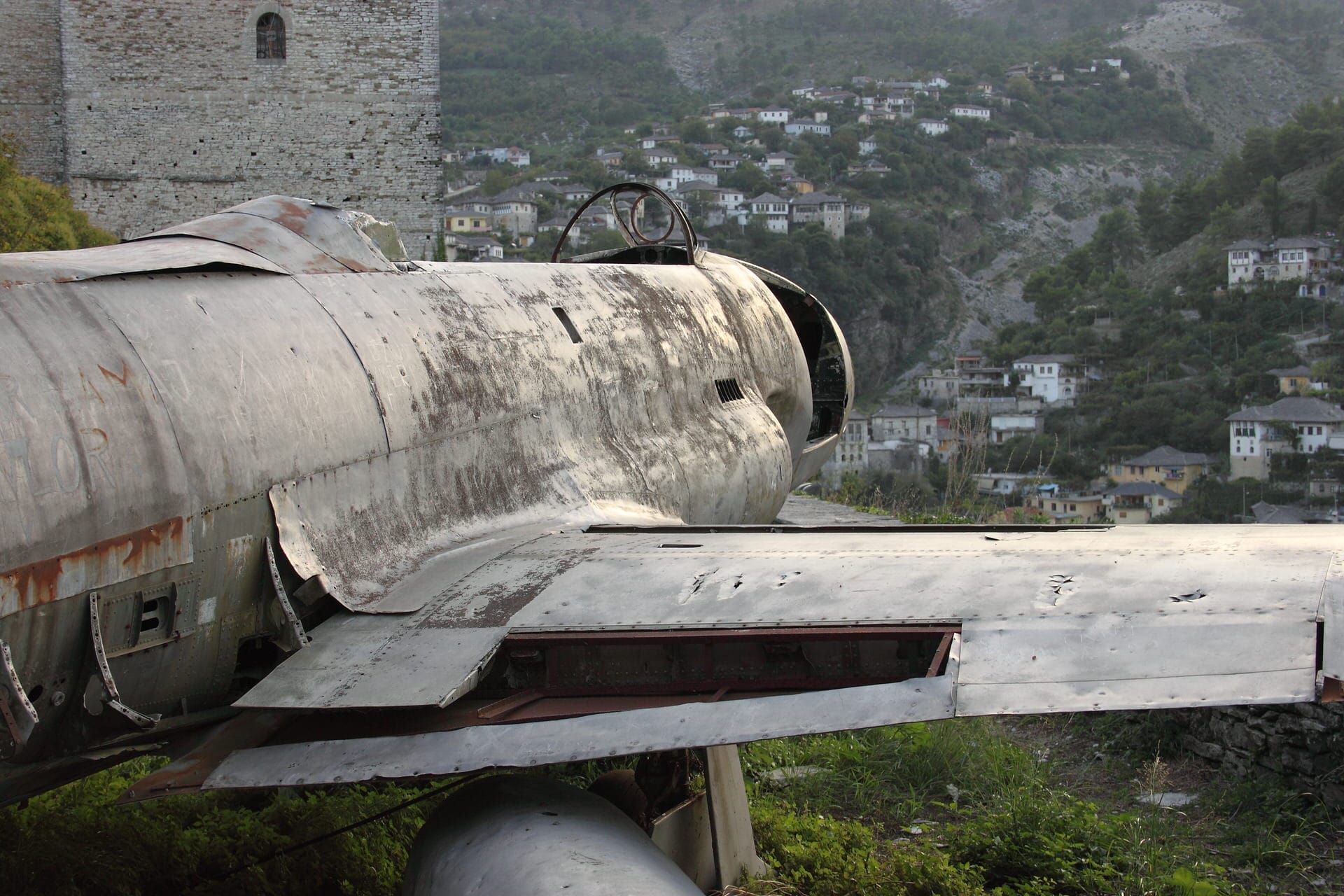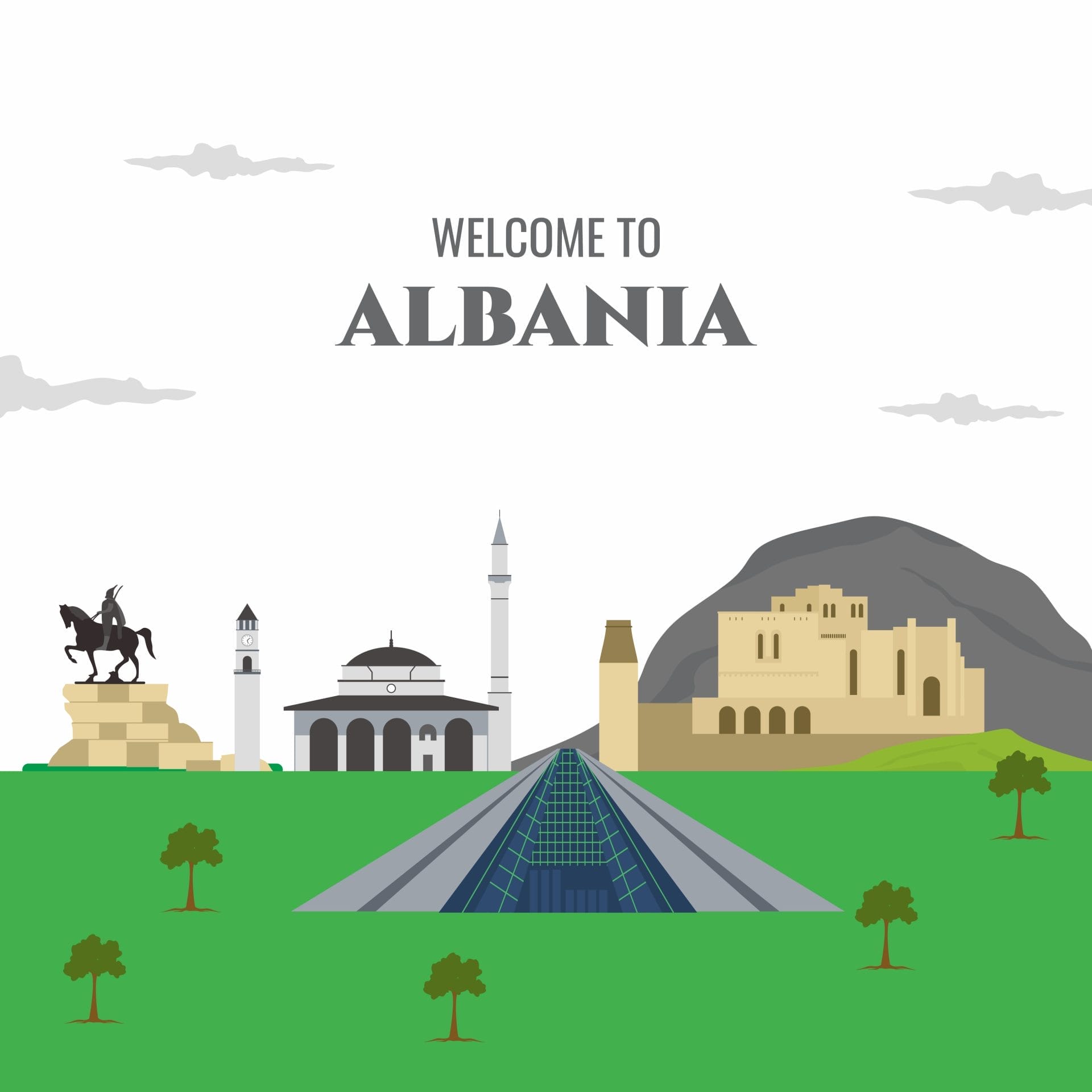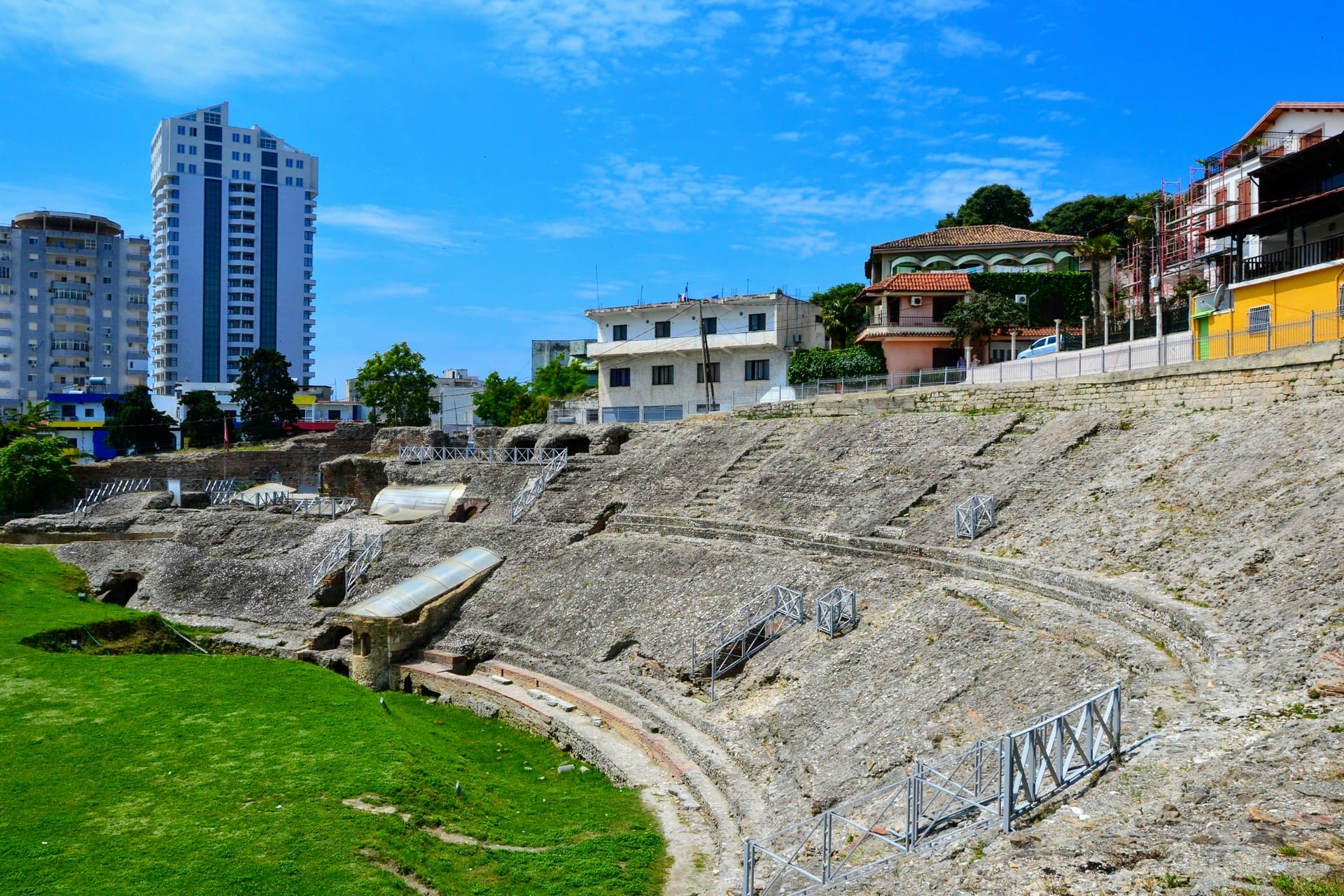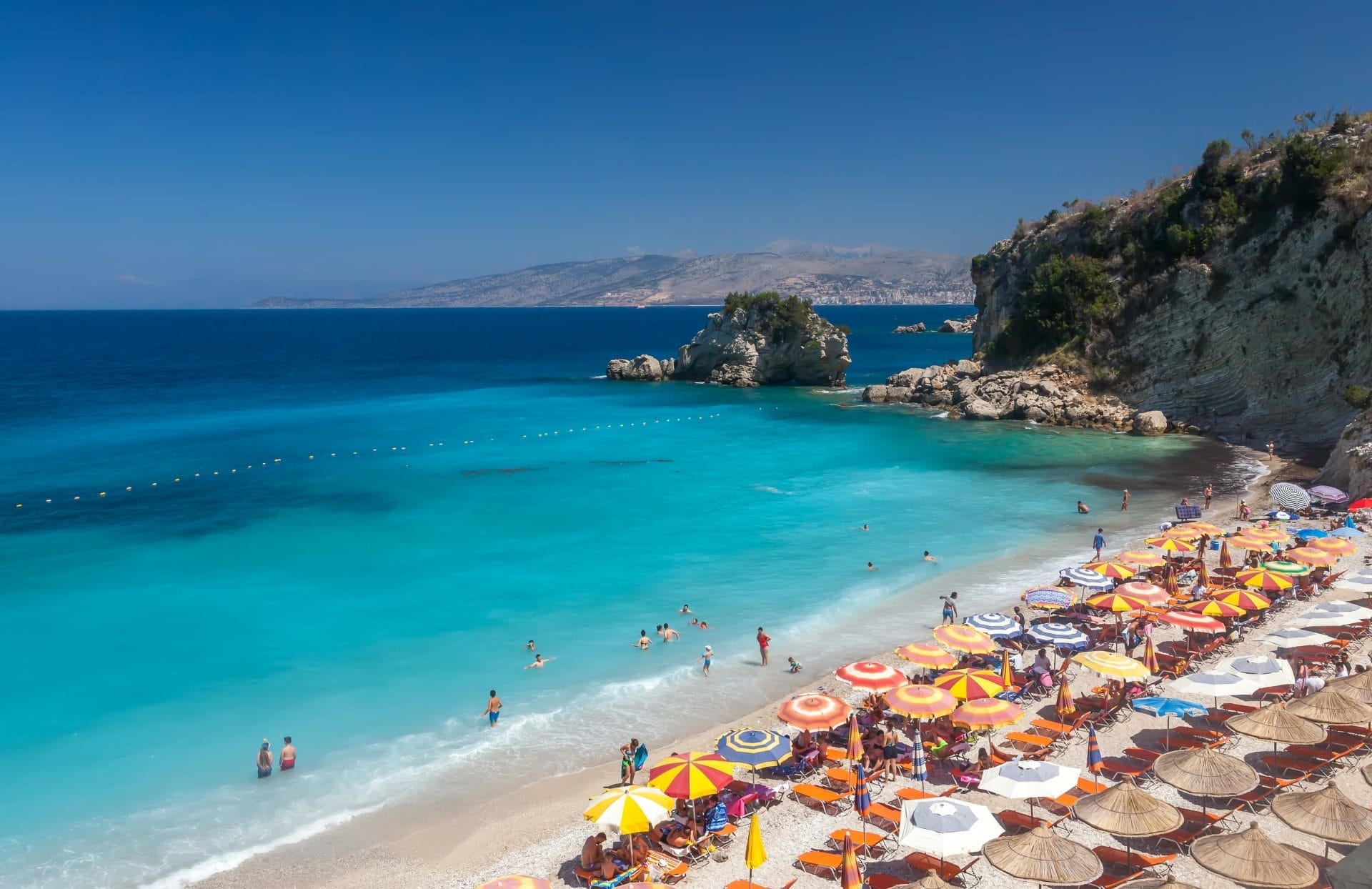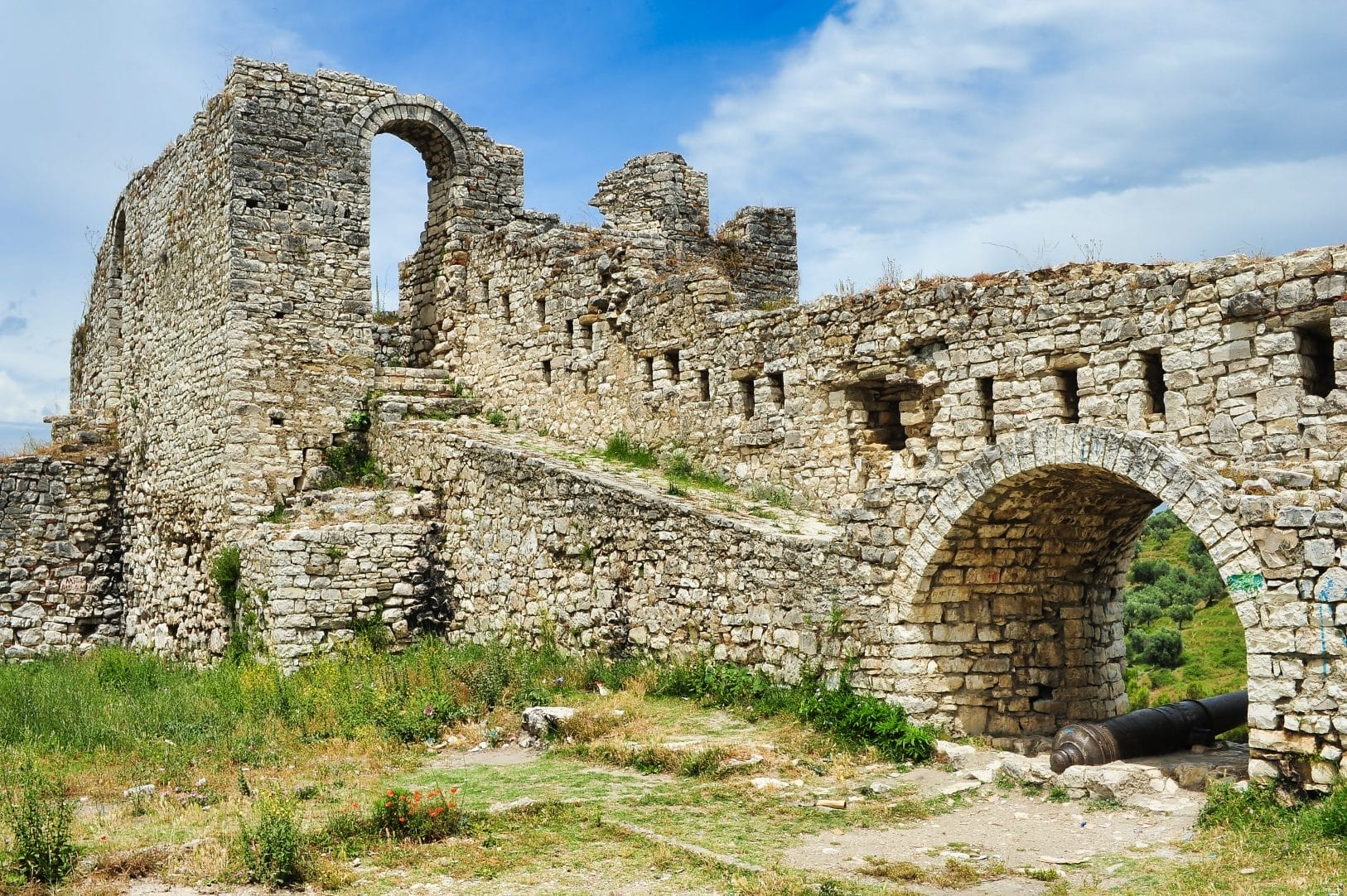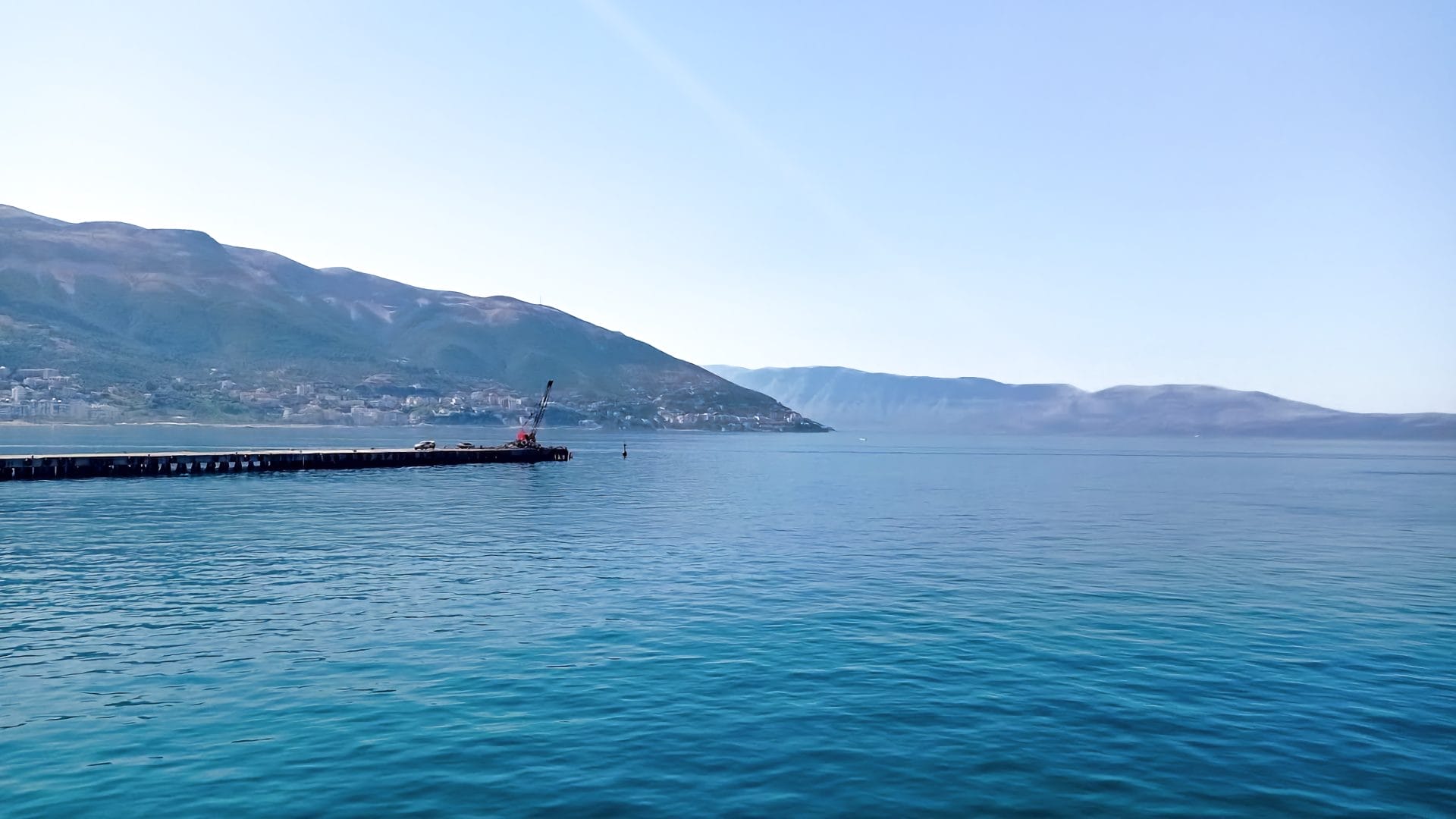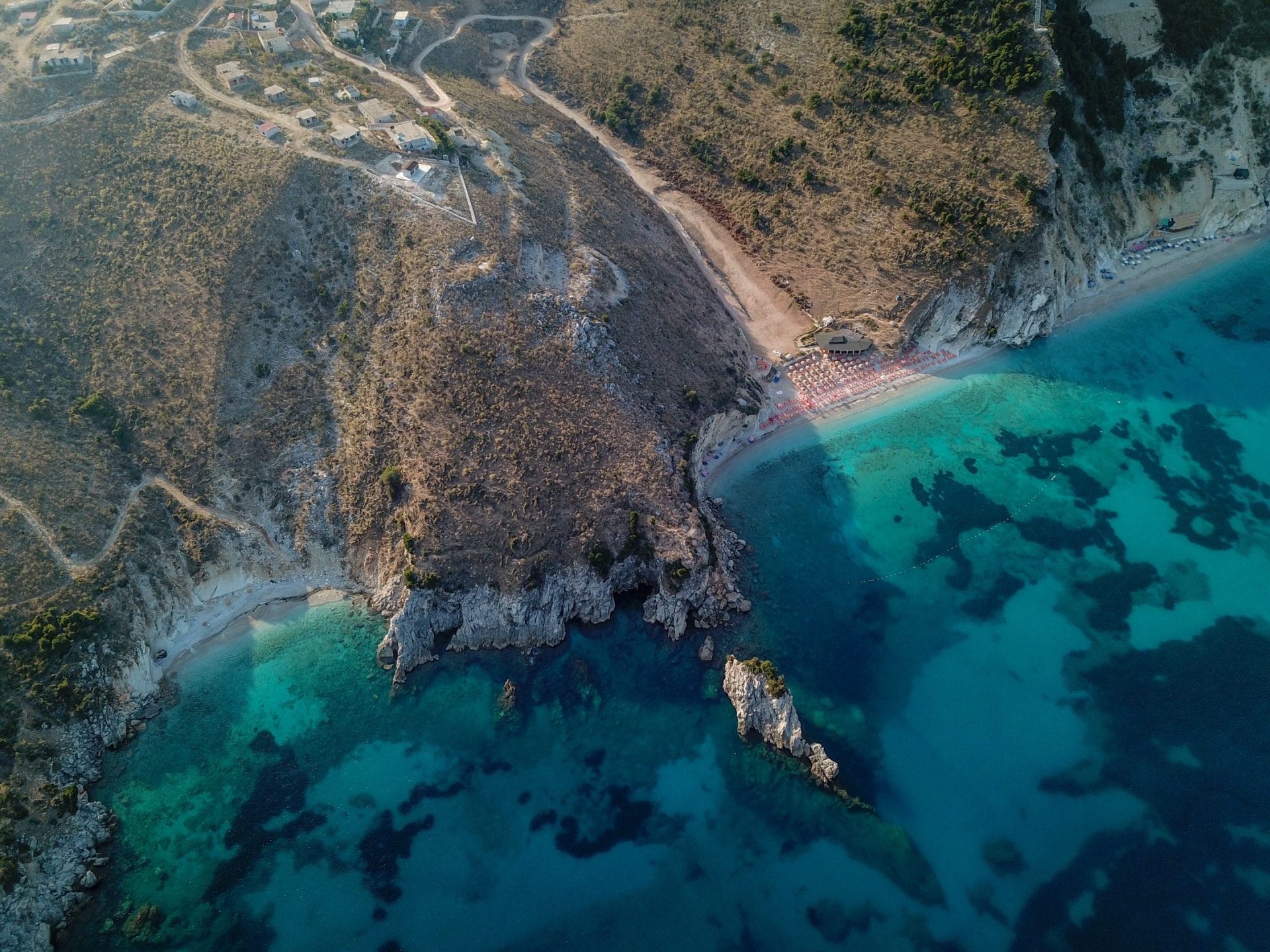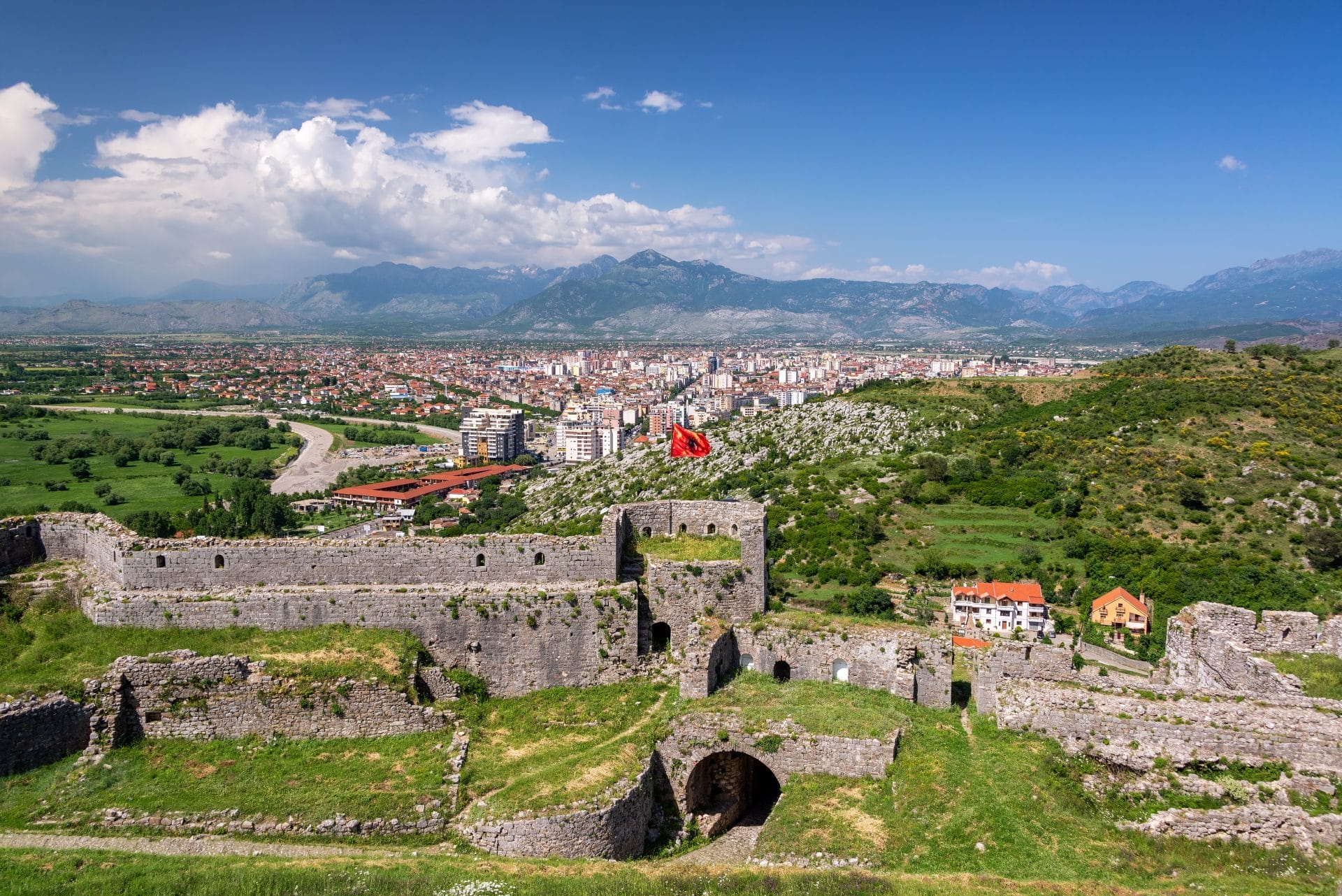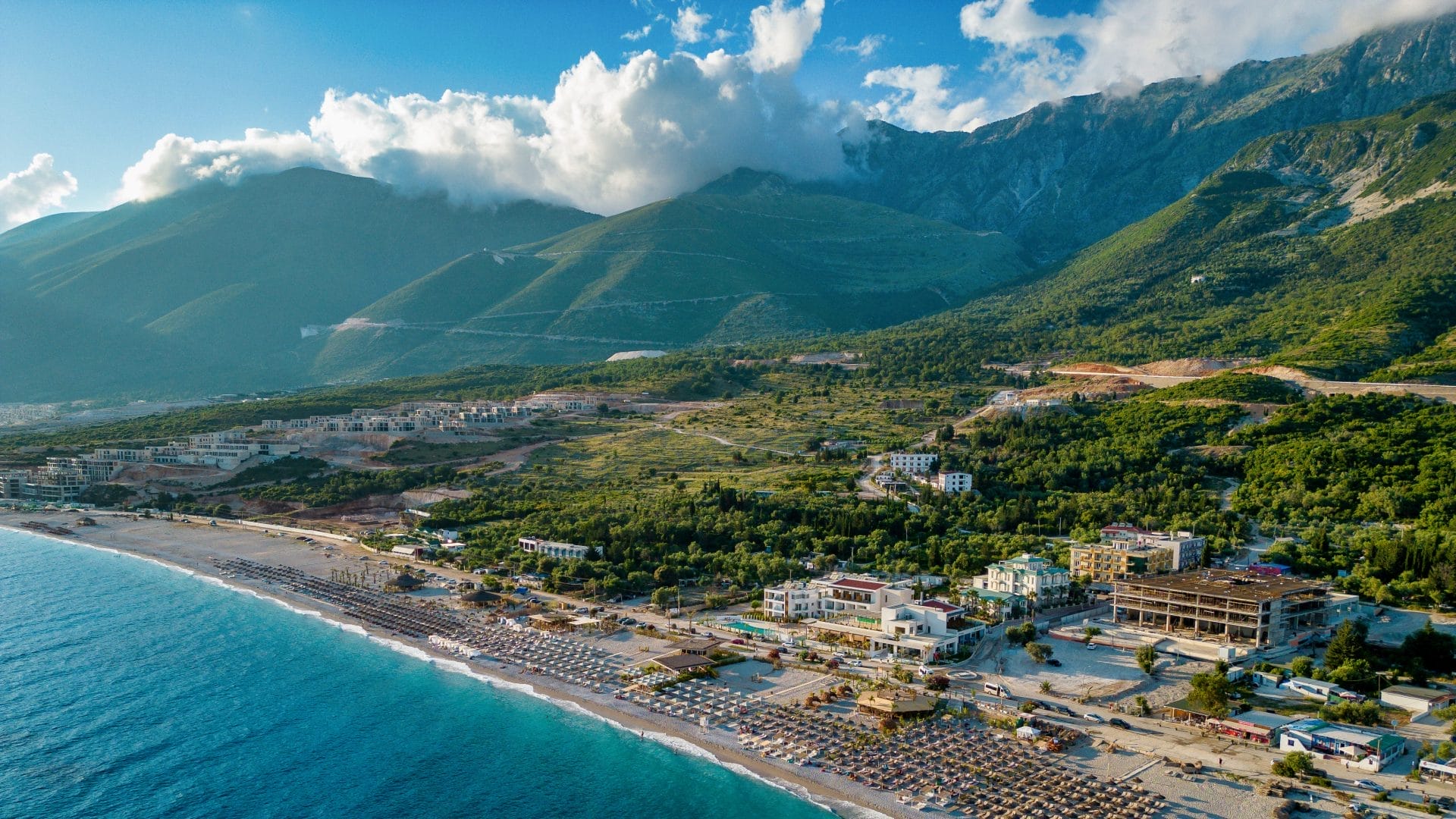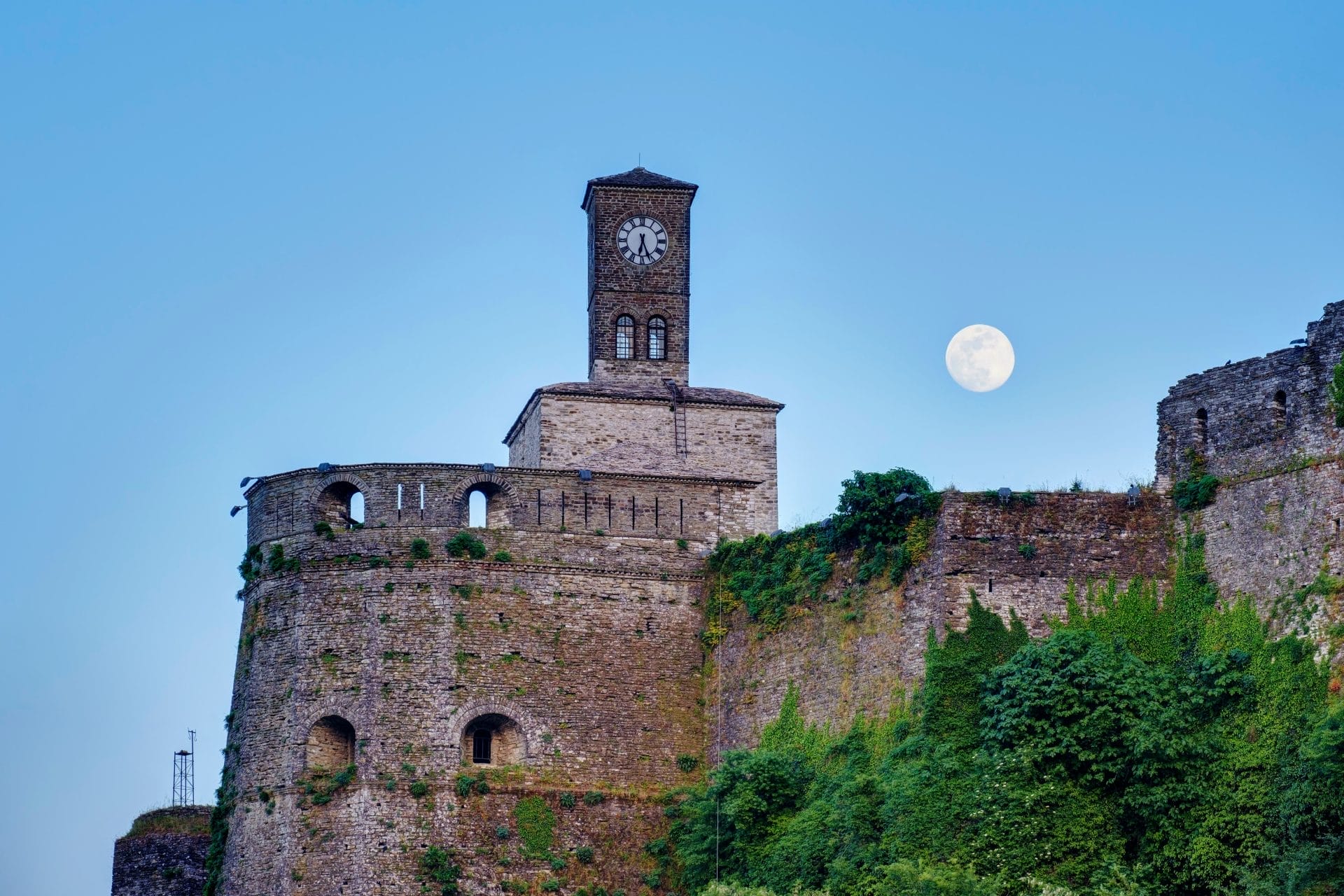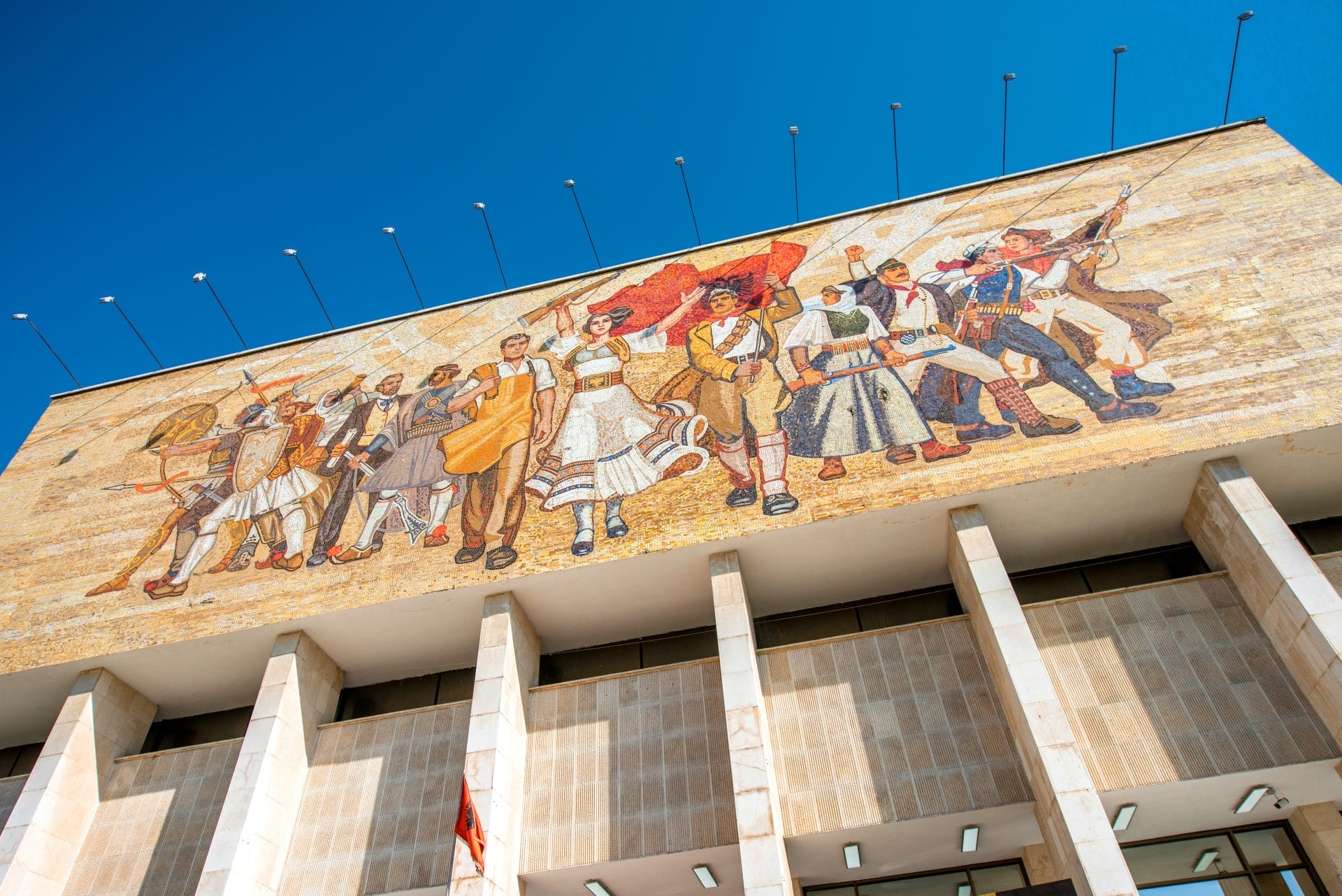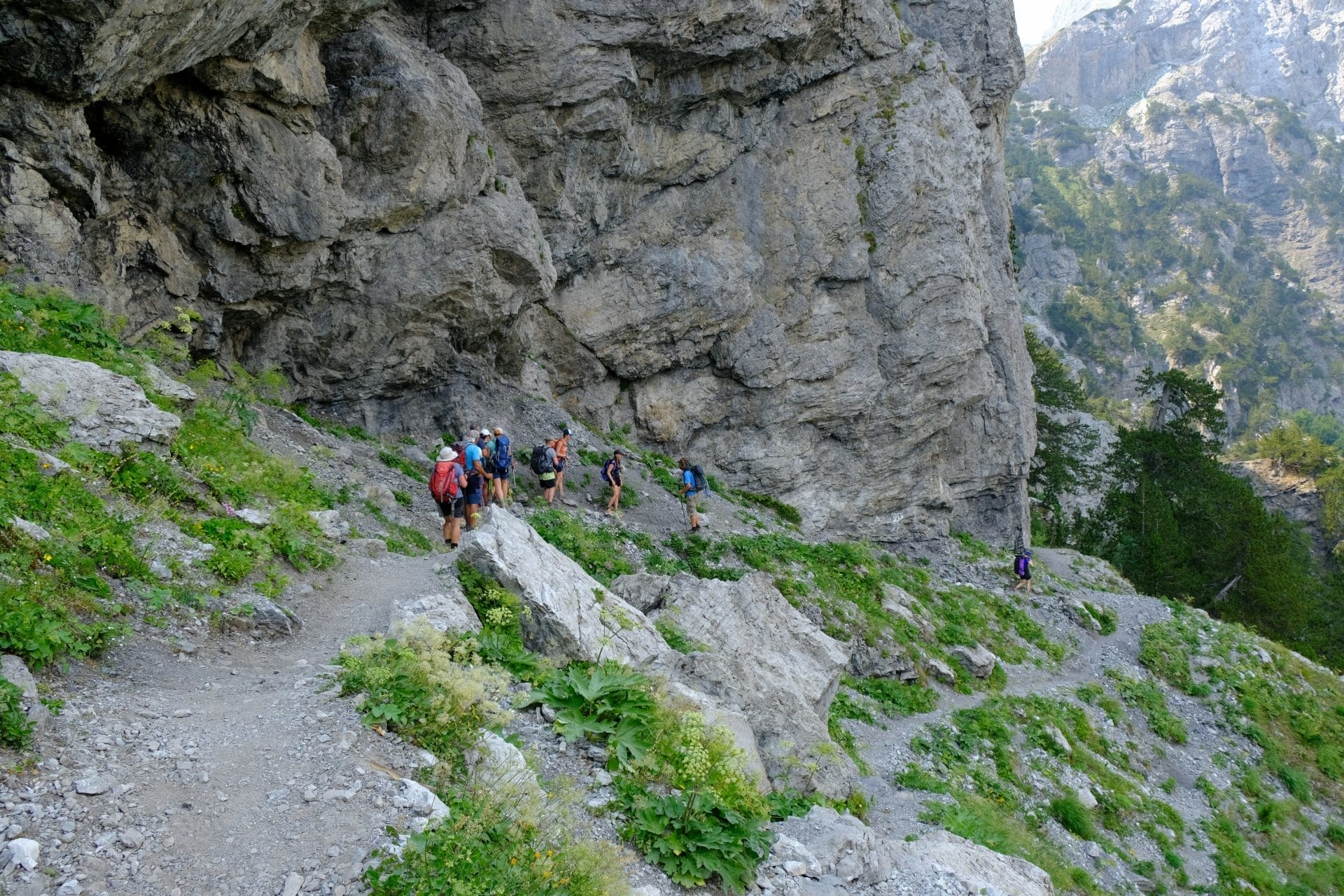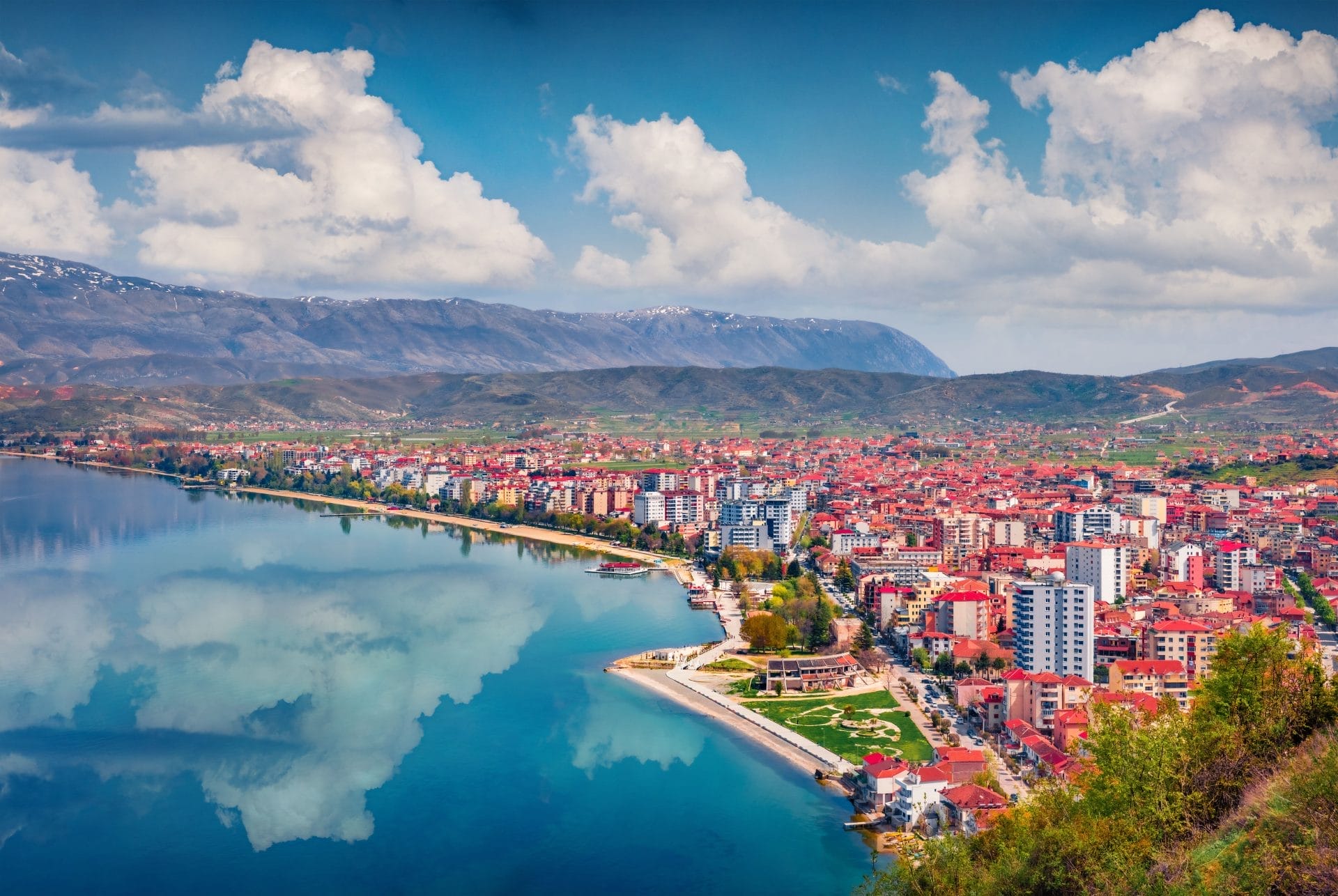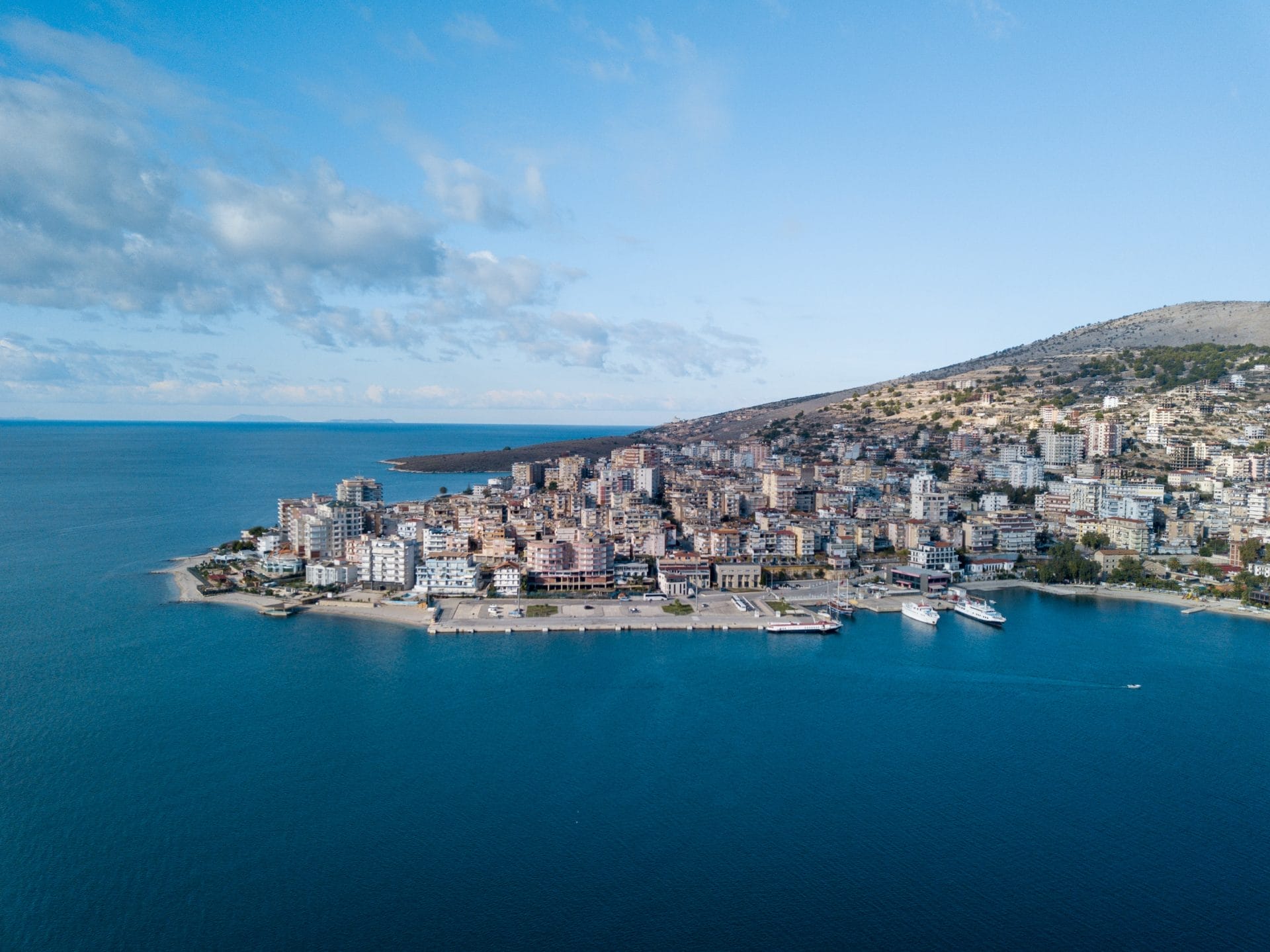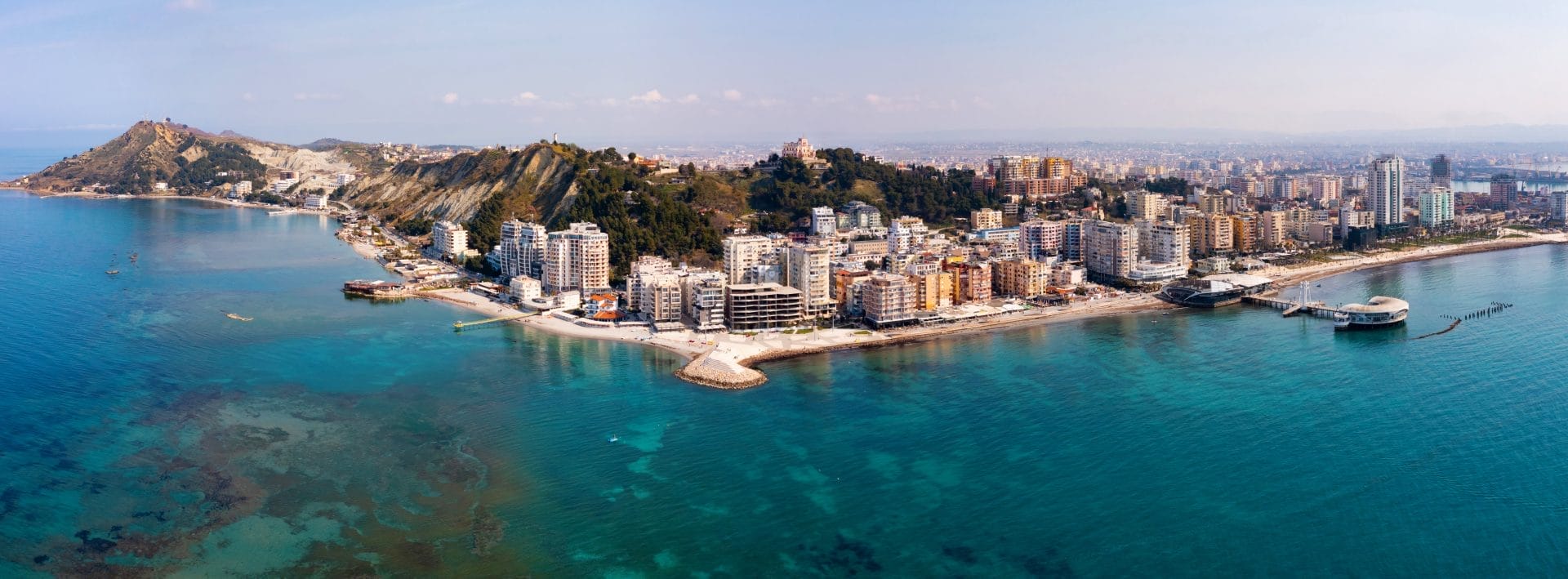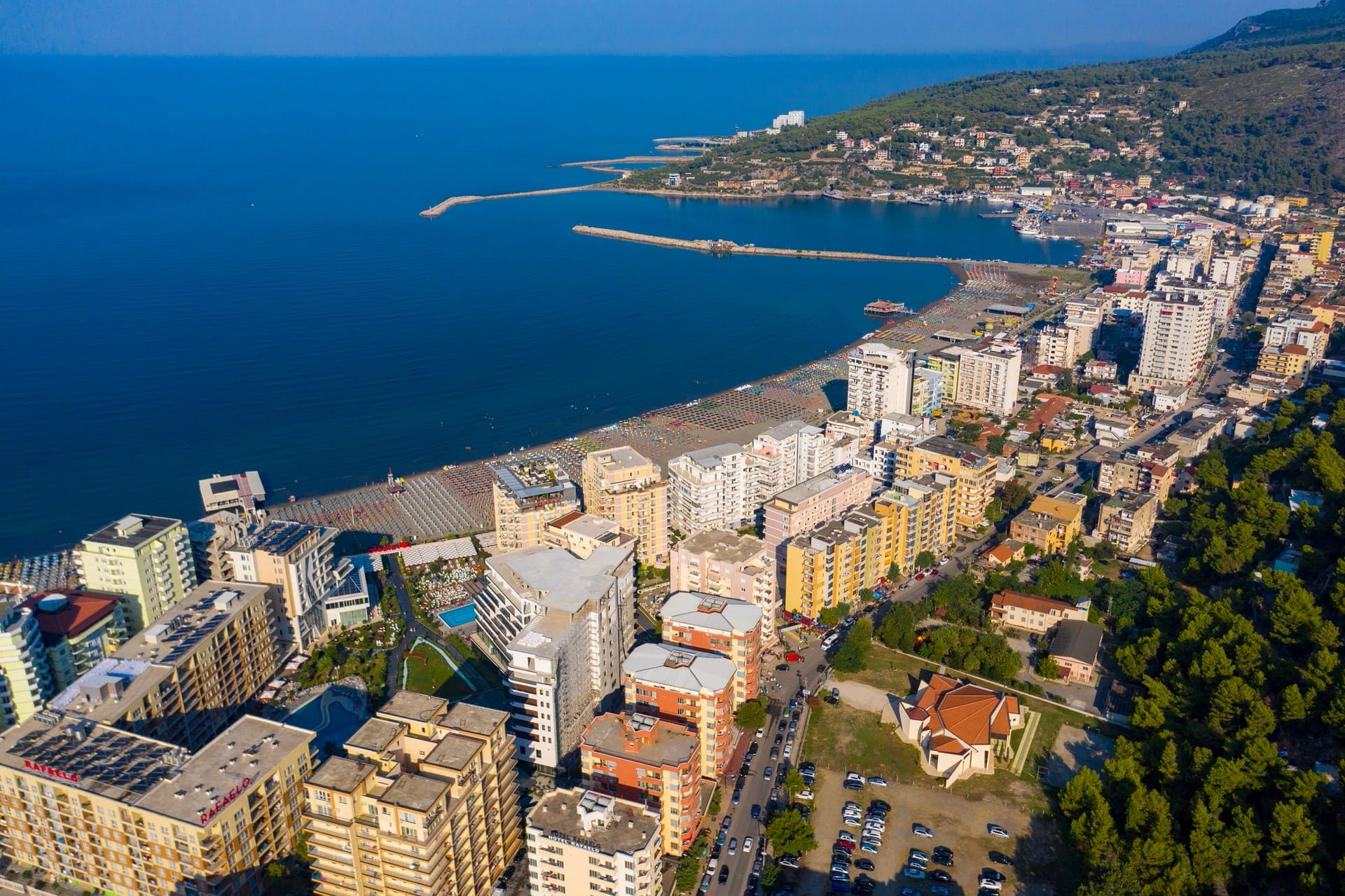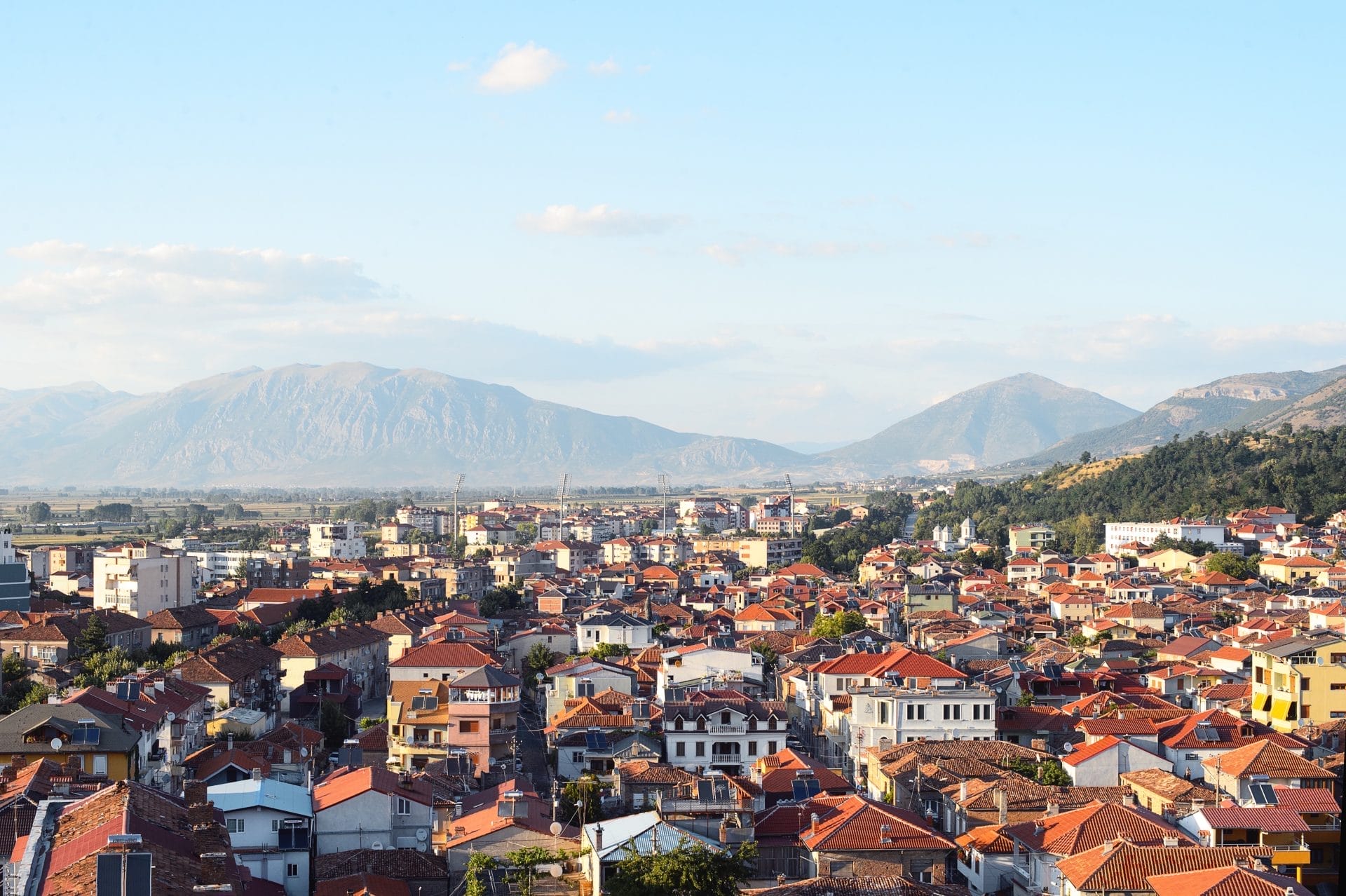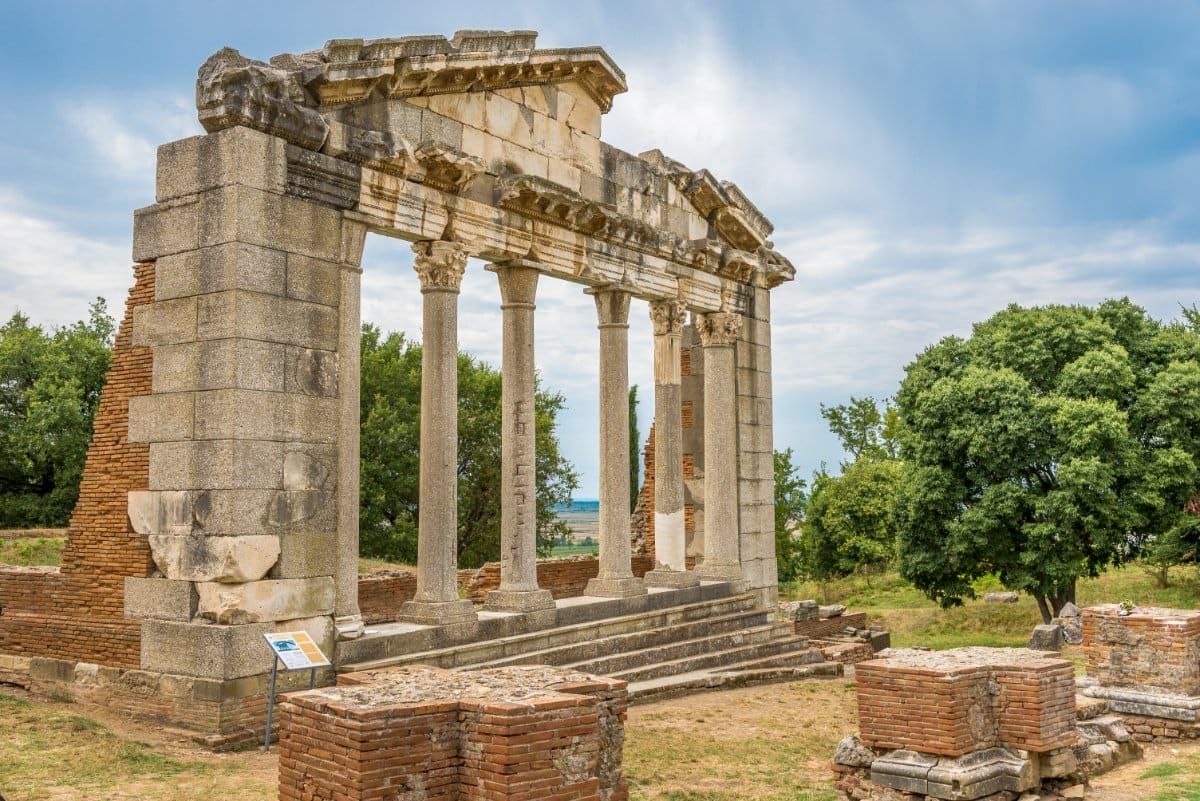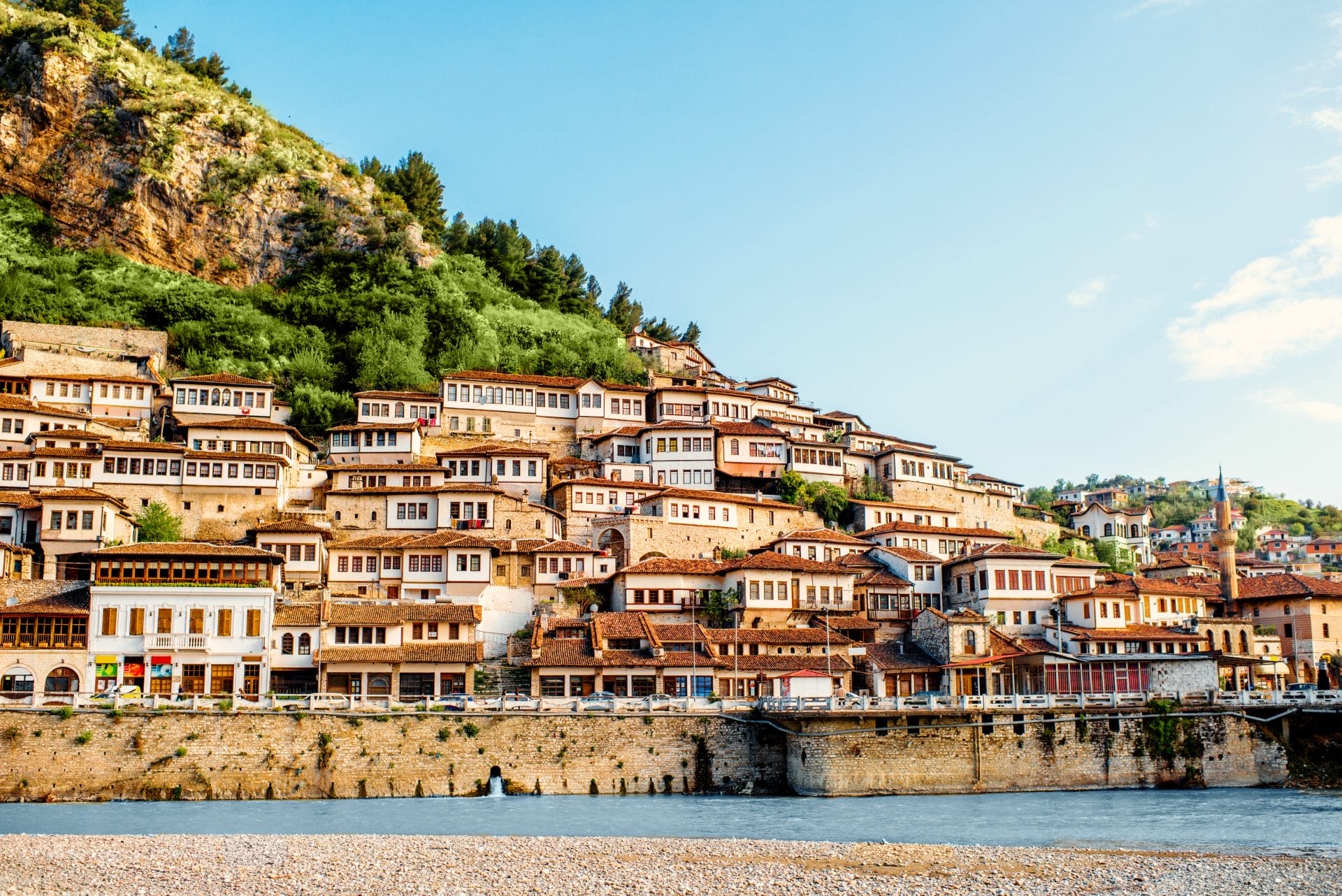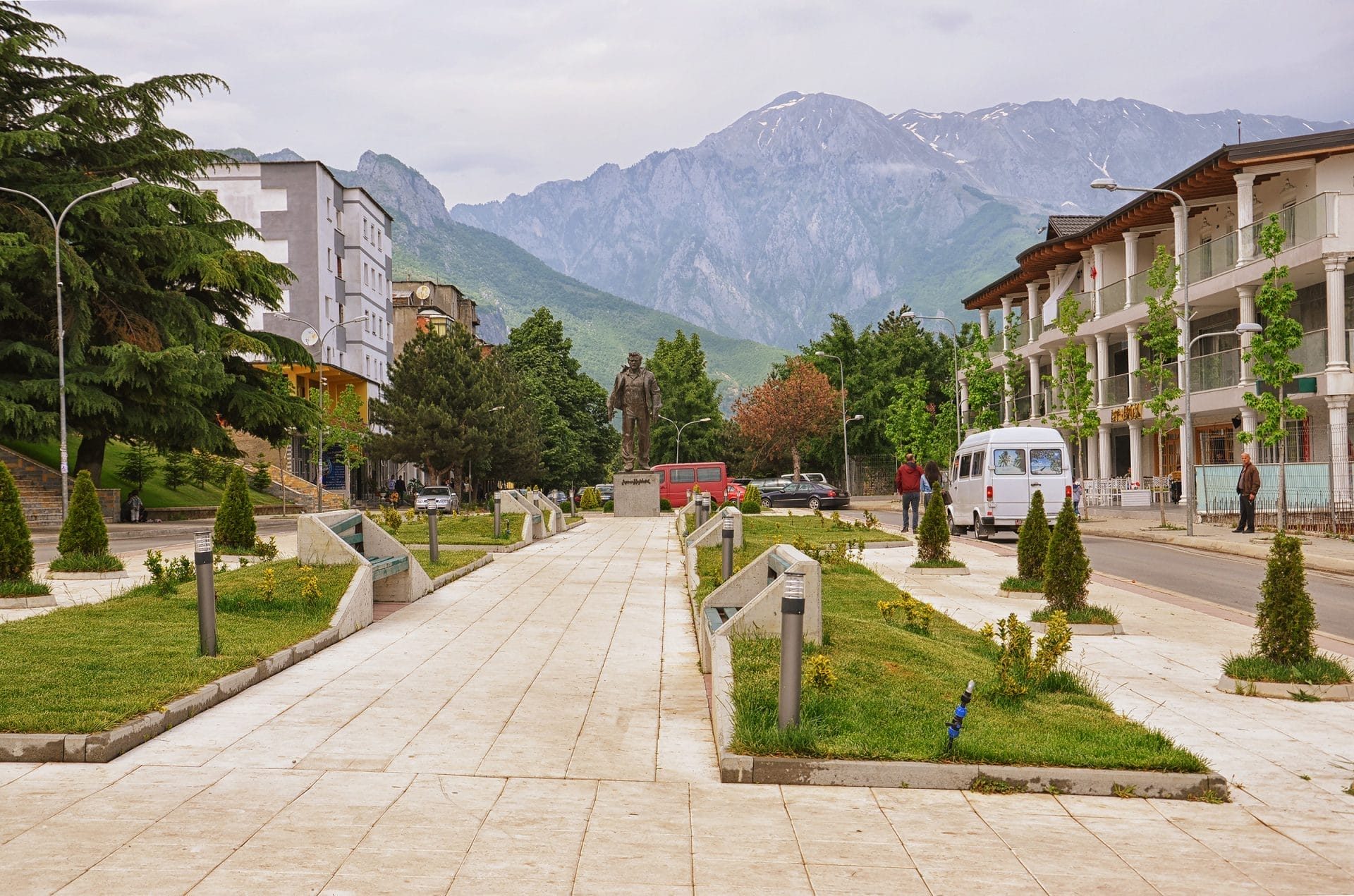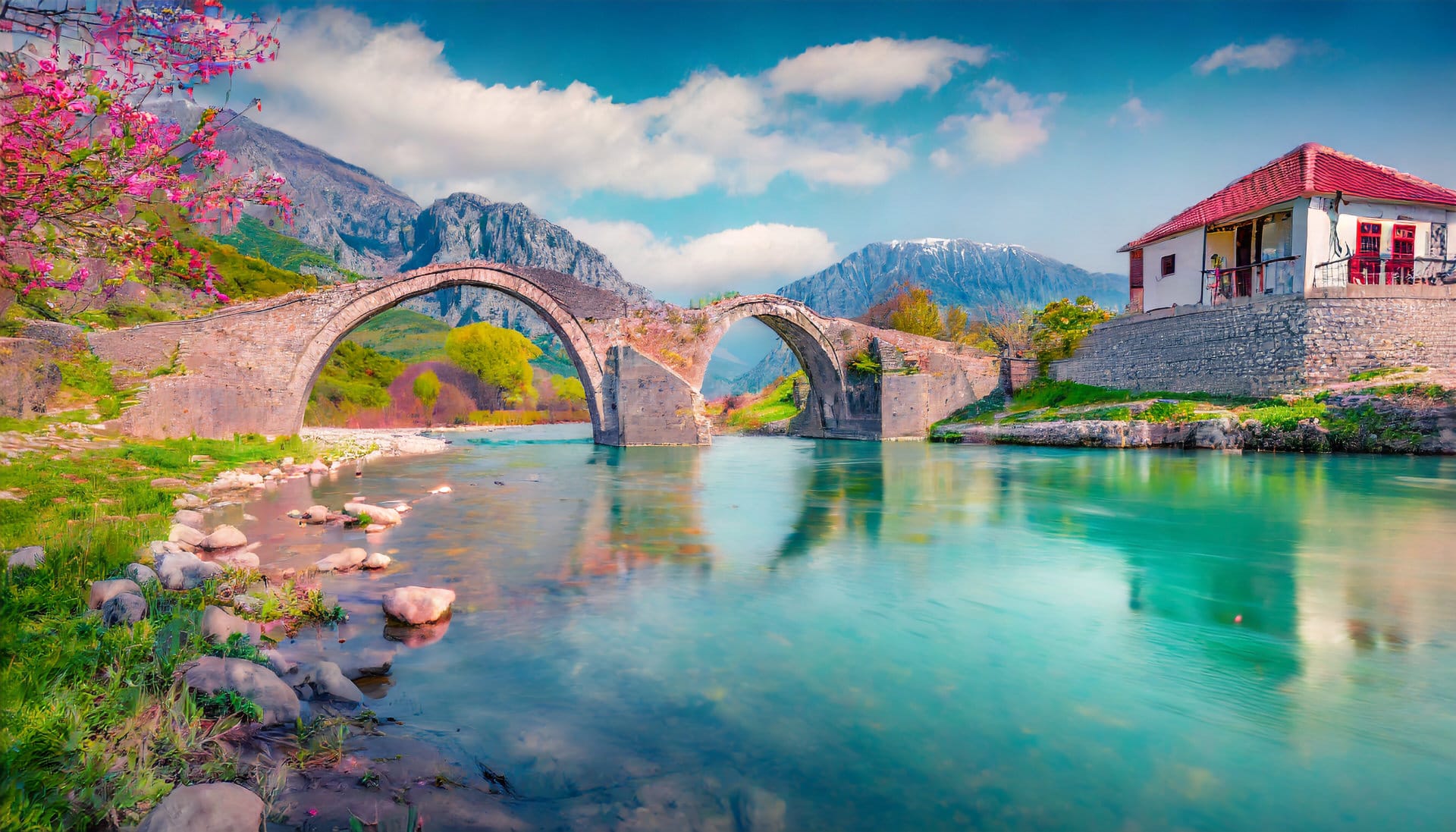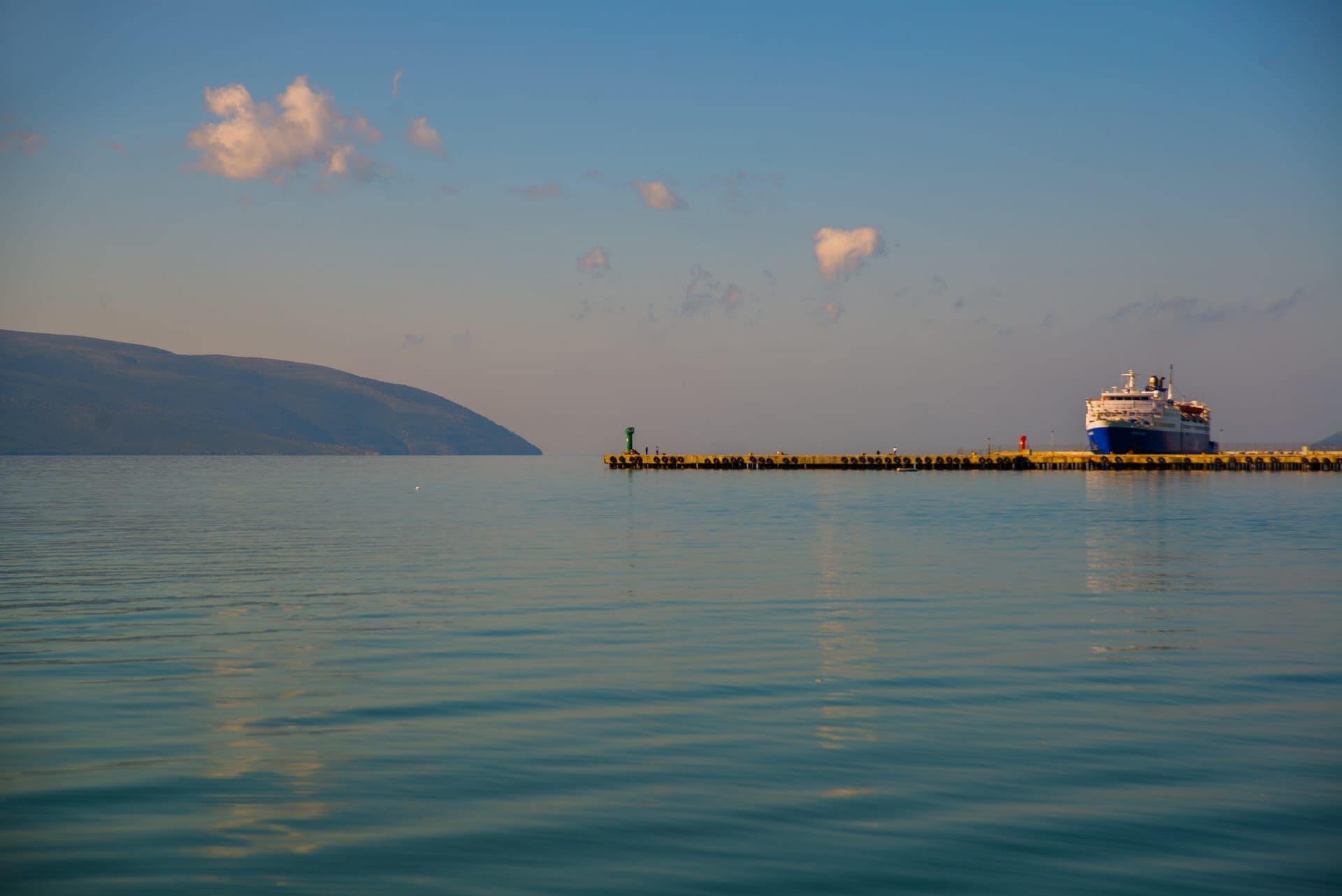
Why Visit
Located in the heart of Gjirokastër, the Gjirokastër Historical Museum is a treasure trove of Albanian history and culture. Housed in one of the most stunning galleries of the Argjiro Castle, this modern museum represents a significant post-communism development in Albania. It offers an extensive display of historical and archeological objects, archive materials, photographs, films, and oral histories from prehistoric times.
The museum not only highlights the historical and cultural traditions of the city but also serves as a guide to the area’s attractions. The city’s historical evolution is presented through engaging narratives and display panels in Albanian and English, providing an inclusive and informative experience for all visitors.
The Castle’s Storied Past
Recognized as a UNESCO World Heritage Site, this fortress city of Gjirokastër captivates visitors with its rich tapestry of history, battles, and transformations.
The Gjirokastër Castle, a testament to Albania’s complex history, reflects the influences and occupations that have shaped the nation. Originating from the Bronze and Iron Ages, the castle’s current structure largely dates back to the 1800s, with substantial renovations by Ali Pasha, an influential Ottoman ruler.
This castle witnessed the transformation from a Byzantine fortress to an Ottoman palace, and later, a significant site during World War II and a political prison in the Communist era. Its storied evolution makes it a living museum showcasing Albania’s complex past.
The Origins of the Museum
The Gjirokastër Historical Museum was established in 1982, but its history dates back much further than that. The idea for the museum was born in the early 1950s when the Albanian government recognized the need to preserve Gjirokastër’s cultural heritage. The government began collecting artifacts and historic objects from the city and eventually decided to open a museum to showcase these treasures.
Housed in an Ottoman-Era Building
The Gjirokastër Historical Museum’s building dates back to the late 18th century and is a prime example of Ottoman-era architecture. Designed to withstand the region’s harsh weather and seismic activity, the building features thick stone walls, high ceilings, and spacious rooms.
This stunning Ottoman-era building was restored and renovated to house the museum when it opened in 1982. The structure itself is a work of art that adds to the charm and character of the museum.
Collections Reflecting the City’s History
One of the unique aspects of the Gjirokastër Historical Museum is its close connection to the city’s history. The museum’s collections and exhibits are carefully curated to reflect Gjirokastër’s diverse cultural and historical influences, from Ancient Roman and Byzantine artifacts to Ottoman-era architecture and artifacts from the Communist regime.
The museum features an ethnographic collection showcasing traditional costumes and handicrafts, an archaeological collection with ancient artifacts, a military history exhibition, and works by renowned Albanian artists. These collections provide a comprehensive look at the city’s storied past.
A Treasure Trove of Exhibits
The museum showcases a wide array of artifacts that illuminate Albania’s history, culture, and traditions. Key highlights include:
The Arms Collection: This collection features a range of weapons from the 15th century to the modern era, reflecting the significant role of firearms in Albanian history.
The Artillery Gallery: Showcasing cannons and large ordinances, this gallery offers insights into the tactical aspects of warfare and military innovation.
The Ethnographic Museum: An immersive display of Albanian rural communities’ traditional lifestyle, household objects, and artisanal techniques.
The Prison Cells: A somber yet historically significant section dedicated to the prison cells used during the Communist era.
Clock Tower: The iconic five-story clock tower built in 1821 offers sweeping views over Gjirokastër’s antique rooftops.
Architecture and Design
Beyond its world-class collection, the museum is housed within an architectural treasure. The fortress construction, integrated with the landscaped hillside, creates a visually stunning backdrop.
Winding cobblestone passageways link the headquarters, armories, and batteries built into the ramparts. Battered remnants of towers and turrets testify to the castle’s military past. The bold gray stones exude impregnability, while arcaded galleries and verandas reflect Ottoman elegance.
Within the complex, Muslim and Christian places of worship exist side-by-side, encapsulating Albania’s religious tolerance. The nearby 18th-19th century bazaar district retains the Ottoman-era townscape, adding to the immersive historical experience.
The collection and structures provide an impactful portal into Albania’s multilayered national narrative.
An Educational Experience
In addition to its stunning architecture, the Gjirokastër Historical Museum offers guided tours and educational programs to help visitors explore the various exhibits and collections. Information cards and audio guides are also available in multiple languages.
The thoughtful layout and interpretive materials make the museum accessible to navigate and enrich the educational experience for visitors looking to understand Gjirokastër’s place in Albania’s living history.
Planning Your Visit
Gjirokastër is located in southern Albania, about a 3-hour drive from Tirana or Saranda. It is accessible through various means, including buses, taxis, and private cars.
The castle museum is open daily from 9 AM to 6 PM, except for Mondays. The last entry is 30 minutes before closing.
Allow 2-3 hours to fully experience the major exhibits and architecture. Guided tours in English are recommended to make the most of your visit. Audio guides are also available.
For a comfortable visit, wear appropriate shoes for walking and climbing the steep paths of the castle complex. Bring sun protection in warm months. To fully respect the cultural heritage, refrain from touching artifacts and exhibits.
Tickets are 700 LEK for adults and 200 LEK for students. Extra fees apply for photography permits and guided tours. Cash is recommended for direct payment. A cafe and gift shop are located on-site.
Nearby 19th-century guest houses and hotels offer convenient local accommodations, while restaurants in the Old Town district provide the perfect spot to sample traditional Albanian cuisine after your museum visit.
An Enduring Cultural Legacy
The Gjirokastër Historical Museum has played a vital role in preserving the city’s cultural heritage and promoting tourism. Thanks to its unique collections, the museum attracts visitors interested in Albanian history and culture.
In addition to driving tourism and economic growth, the museum has been instrumental in ensuring Gjirokastër’s cultural artifacts, objects, and history are collected, displayed, and protected for future generations. It’s an enduring legacy for Albania.
So, for anyone interested in experiencing Albania’s rich history and culture, the Gjirokastër Castle Museum is an unforgettable destination. Let the echoes of the past come alive within these monumental walls.

